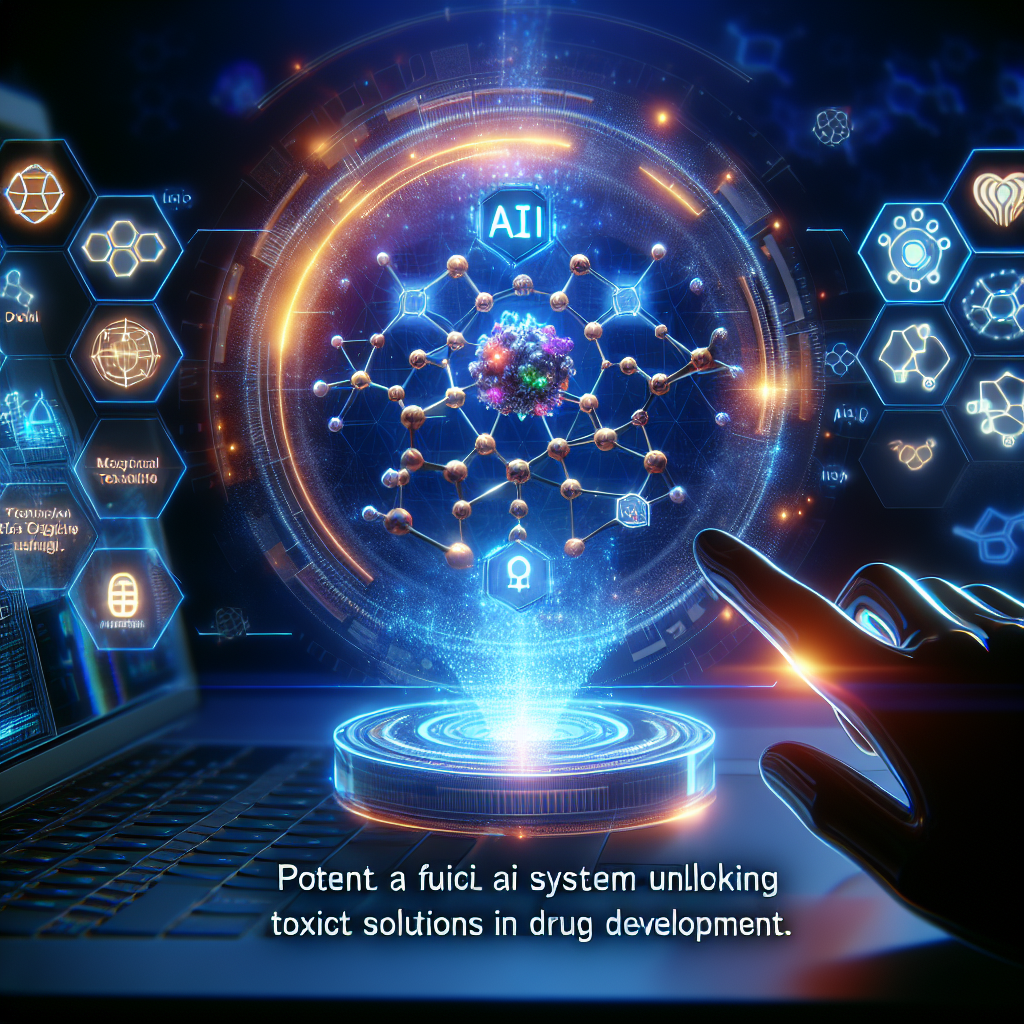-
"Did you know that over 90% of drug candidates fail due to toxicity issues? With traditional methods struggling, could cutting-edge AI hold the key to solving this crisis in drug development? Let’s dive into the groundbreaking task of molecular toxicity repair!"
-
"Are we ready to unlock the potential of AI in drug discovery? Current methods falter under the challenges of molecular toxicity, leaving a daunting 90% of candidates behind. What if machine learning could change the game? Discover the future of molecular detoxification!"
-
"What if AI could effectively redesign toxic molecules into safer alternatives? With traditional approaches failing to keep up, the rise of machine learning offers a glimmer of hope. Let’s explore the intriguing world of molecular toxicity repair!"
-
Introduction of ToxiMol 🌟
ToxiMol is the first benchmark specifically designed for assessing molecular toxicity repair using MultiModal Large Language Models (MLLMs). This task addresses a significant gap, as current models lack a systematic approach to generate safer molecular structures. By introducing ToxiMol, researchers have a standardized method to evaluate how well MLLMs can modify toxic molecules into safer alternatives, which is crucial for enhancing drug discovery processes. -
Comprehensive Evaluation Framework (ToxiEval) 🔍
The ToxiEval framework allows for a multi-dimensional assessment of the generated molecules, focusing on various critical criteria such as safety, drug-likeness, and structural similarity. This ensures that any proposed molecular modifications are not only less toxic but also viable for drug development. Such thorough evaluations help guide MLLMs to generate realistic and compliant drug candidates. -
Significant Challenges and Limitations ⚠️
Despite demonstrating initial capabilities in toxicity understanding, MLLMs still face substantial challenges. Many models achieve relatively low success rates in producing structurally valid and safe alternatives. This highlights the necessity for continuous improvement in model training and evaluation practices to truly harness the power of AI in molecular design. Understanding these limitations offers valuable insights into the ongoing research and development needed in this area. -
Practical Implications for Drug Development 💊
By addressing toxicity early in the drug discovery phase, the ToxiMol benchmark can potentially reduce the costs and time associated with developing new drugs. Safer molecular designs improve the chances of clinical success, leading to more effective treatments and better health outcomes. This progress underscores the value of integrating AI technologies in pharmacological research.
In summary, the groundbreaking ToxiMol benchmark introduces an exciting frontier in molecular toxicity repair, demonstrating promising avenues for large language models in drug discovery. Now, we want to hear from you! What are your thoughts on the role of AI in enhancing drug safety? Have you experienced challenges related to toxicity in your research? Share your insights in the comments below!
#MolecularToxicity #AIDrugDiscovery #MLResearch #ToxiMol #DrugSafety
